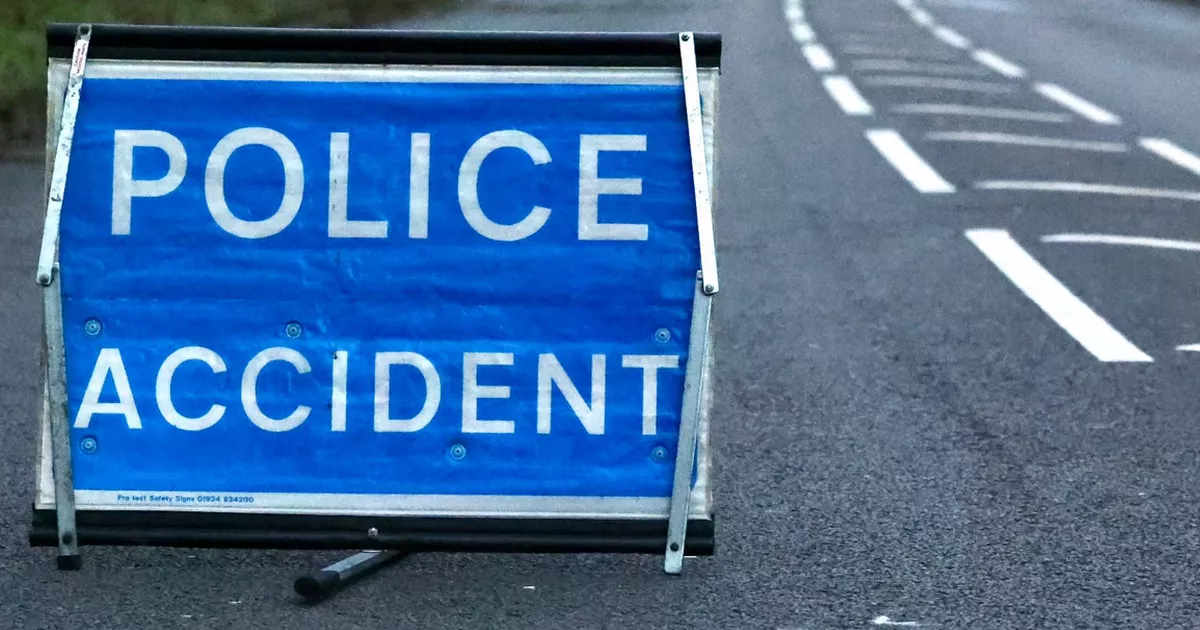It is easy to look at the London Underground map and think that it has always been that way, but the truth is that over more than a century the network has changed and morphed. Tube lines and stations which seem like they have been there for donkey’s years have at times been known by alternative names or at least other names were at one point up for consideration.
It is not too much a stretch of the imagination to see how the London Underground map could have turned out entirely different. Perhaps most bizarrely the Northern line nearly ended up being called the TootingCamden line, in a rather dodgy mummy-related pun, after the discovery of an ancient Pharoah’s grave in Egypt.
Or maybe that the tourist hot spot Tube station St Paul’s which was called once called the Post Office. Here are some of the other stations and Tube lines once looked entirely different:
READ MORE: The abandoned London Underground station forced to close because it would get so busy
Alternative names considered for the Tube lines
Bakerloo line
The Bakerloo line was originally called the Baker Street and Waterloo Railway before some bright spark thought of merging the name. The new name caught on but could things could have worked out differently if owners had gone the other way and created the Waterker line.
Hammersmith and City line
The Hammersmith & City line was shown on the Tube map as part of the Metropolitan line until 1990.
Jubilee line
The Jubilee line was essentially the development of a line that was semi constructed called the Fleet line. It was named the Fleet Line after the River Fleet, despite only crossing under the Fleet at Ludgate Circus. Construction began on the line in 1971
Never completed, in 1975 plans were underway to introduce the London Transport Silver Jubilee Bus Fleet and a proposal was put forward to rename the Fleet Line the Jubilee Line.
(Image: Sameboat/Creative Commons)
Northern
Like the Bakerloo line serious consideration was given to creating a name where stations were combined.
Known as the Morden-Edgware route at one stage “Edgmor”, “Mordenware”, “Medgway”, “Edgmorden” were all apparently considered.
But perhaps most bizarre was the possibility of calling the route the TootingCamden line, apparently influenced by the discovery of Tutankhamen in Egypt in the 1920s.
Victoria line
Names considered for the Victoria line included the “Walvic” based on the Walthamstow to Victoria route and “Viking” based on the Victoria to King’s Cross.
Waterloo and City line
The drain is a nickname that has been used for many years instead of the Waterloo and City line by commuters.
Alternative names considered for the station names
Bank
Bank was not always called Bank, believe it or not. Despite being home to the Bank of England, the stop was actually called City when it first opened – given it served the City of London.
Euston Square
Euston Square was called Gower Street in 1863 when it first opened. It was renamed Euston Square in 1909.
Acton Town
Acton Town was called Mill Hill Park when it opened in 1879. It changed to Acton Town just over 30 years later, in 1910.
Fulham Broadway
Fulham Broadway on the District Line was initially called Walham Green, changing its name in 1952.
Monument
Monument was called Eastcheap for just three weeks when it opened in 1884. It was then changed to The Monument and then ‘the’ was eventually dropped.
Surrey Quays
Surrey Quays was called Deptford Road when it opened, changing to Surrey Docks in 1911 and finally Surrey Quays in 1989.
Marylebone
Marylebone was called Great Central when it first opened in 1907, changing its name just 10 years later.
Charing Cross
Charing Cross station used to simply be called Trafalgar Square – for obvious reasons – before changing its name in 1906.
Lambeth North
Lambeth North doesn’t have the catchiest name of all the Tube stations – and it seems people couldn’t make their mind up on what to call it. At first it was called Kennington Road, then Westminster Bridge Road before becoming Lambeth North.
St Paul’s
Interestingly, St Paul’s was called the Post Office when it first opened in 1900.
It became St Paul’s in 1937.
Green Park
Green Park was once named Dover Street. Its name changed in 1933.
Arsenal
Arsenal was called Gillespie Road when it first opened, prior to the football team moving from Woolwich. Its name changed in 1932.
Barbican
Barbican used to be called Aldersgate Street before the famous estate and arts centre were built. It changed to Barbican in 1968.
Want more from MyLondon? Sign up to our daily newsletters for all the latest and greatest from across London here.


